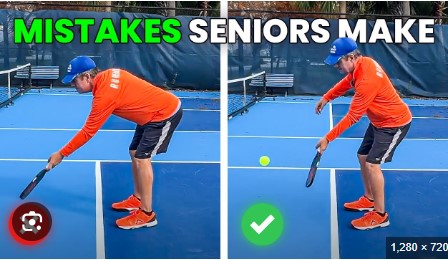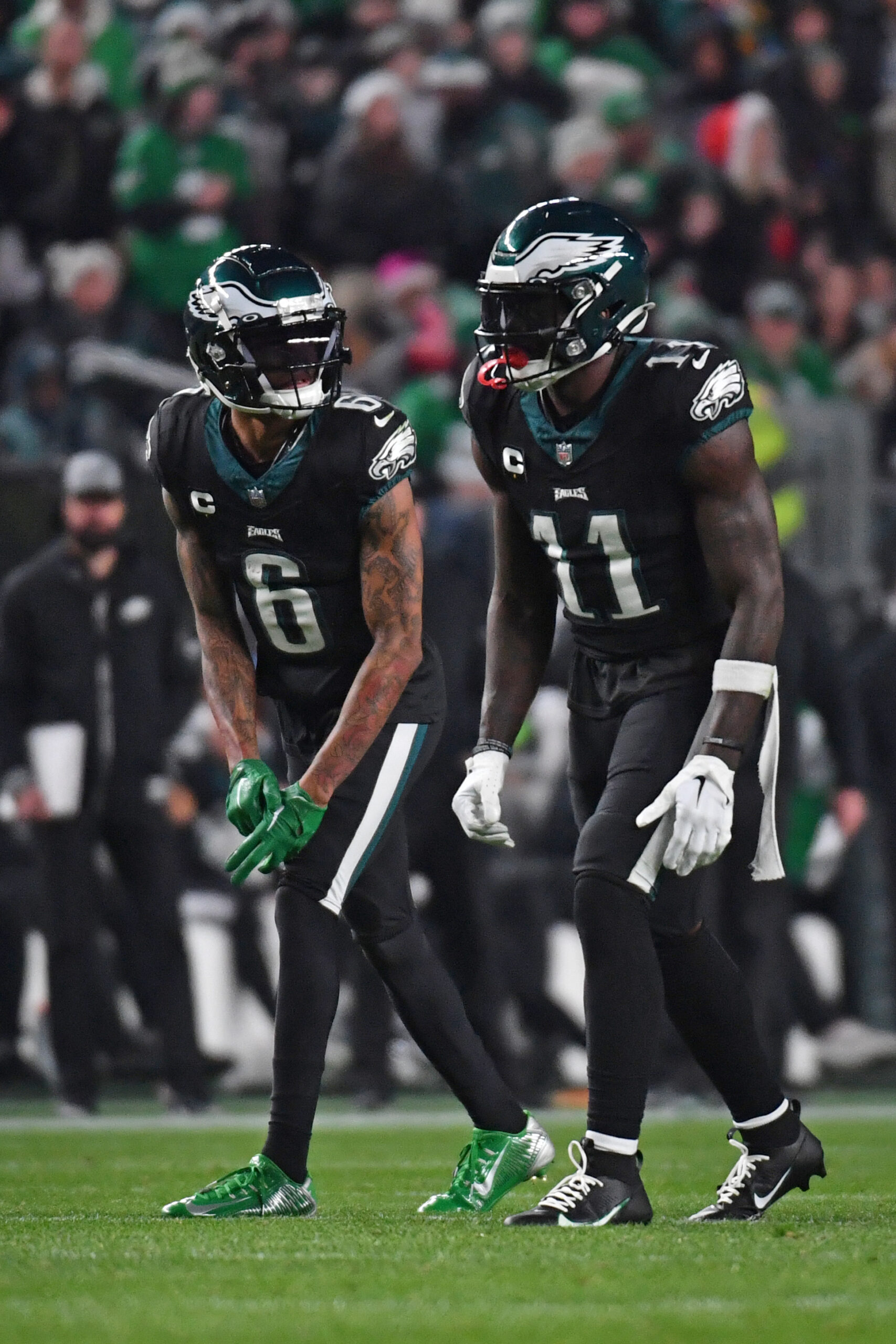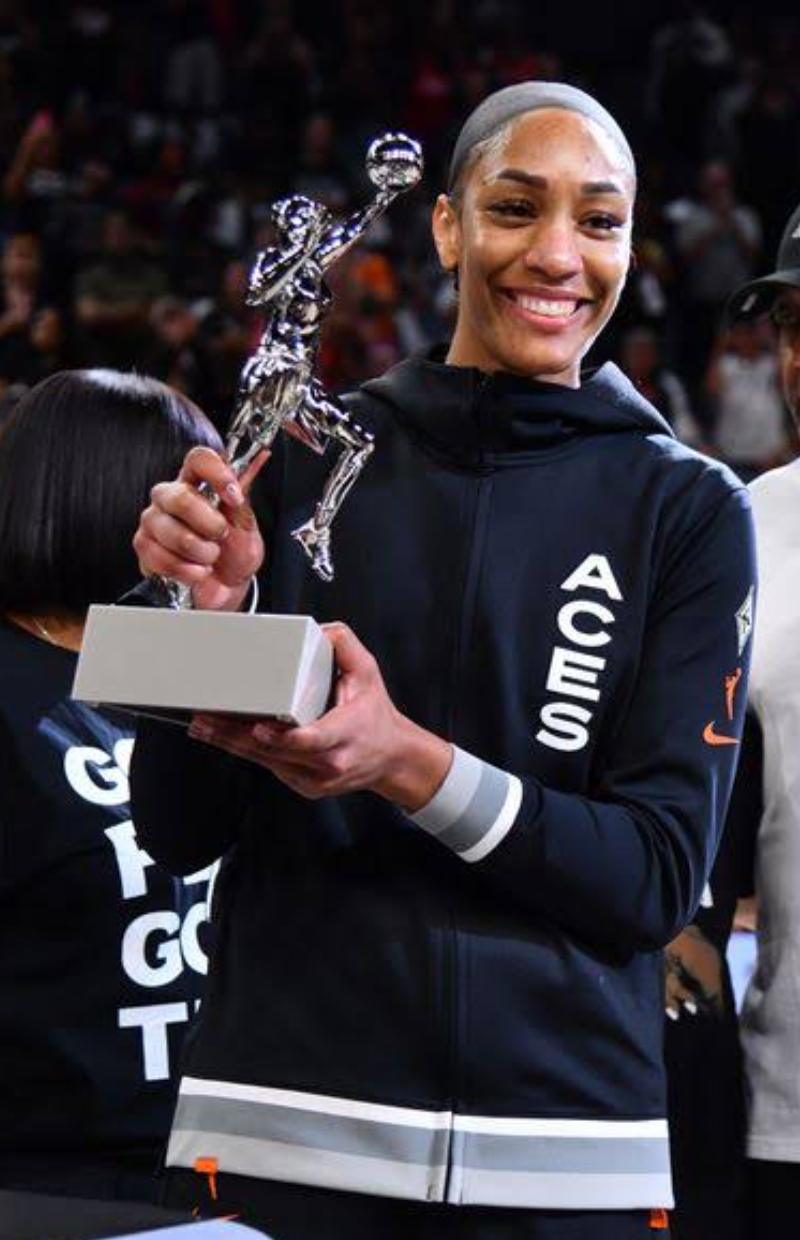Get the Most Out of Your Court Time: Try This Tip!
Pickleball is a very challenging yet rewarding game if you properly master the act and technique of a player. In this piece we share with you 24 tips to help you become a better player or a master if you are already a good player. take time and master this techniques in your next practice section and say a thank you later when you become better in your game.
1. Master Your Weak Strokes: Avoiding your weak strokes may hinder your progress. Instead, focus on them during practice sessions to improve and eventually master them.
2. Utilize Wind Conditions: Being mindful of wind speed and direction allows you to adapt your gameplay accordingly, using it to your advantage when serving or returning shots.
3. Play to Your Strengths: Identify the shots you’re most proficient at and utilize them during competitive play. Continuously practice these shots while also working on mastering those you’re less confident in.
4. Stay on the Balls of Your Feet: Being in a constant state of motion on the balls of your feet enables quicker reactions to your opponent’s shots, enhancing your overall agility and responsiveness on the court.
5. Aim for the Middle: Targeting the middle when both opponents’ backhands are in the center of the court increases your chances of scoring, as it creates confusion and reduces their ability to react effectively.
6. Hit Where Your Opponents Aren’t: Strategically placing your shots where your opponents aren’t positioned forces them to move, increasing the likelihood of winning the point.
7. Avoid Backing Up for Dinks: Instead of retreating to play dinks off the bounce, try to hit them in the air whenever possible to maintain control and put pressure on your opponents.
8. Move Forward When Hitting: Always try to hit the ball with your weight moving towards the net, enabling you to maintain offensive momentum and positioning.
9. Optimal Contact Points: Aim to make contact with the ball at the highest point possible for volleys and at waist height for groundstrokes to maximize shot accuracy and effectiveness.
10. Focus on Fast Serves: Concentrate fully on the ball when facing opponents with lightning-fast serves to improve your reaction time and positioning for returning shots.
11. Use Drop Shots Wisely: When unable to execute a strong offensive shot, opt for drop shots or dinks to disrupt your opponent’s rhythm and control the pace of the game.
12. Keep Opponents in the Backcourt: Utilize deep shots with pace to keep opponents in the backcourt and on the defensive, minimizing their opportunities to attack at the net.
13. Moderate Lob Usage: Avoid overusing lobs to maintain their effectiveness as surprise tactics, using them strategically rather than as a default shot selection.
14. Be Cautious with Low Balls: Refrain from attempting aggressive shots on balls below net level unless you can generate sufficient topspin to keep them in play.
15. Soft Returns on Serve: Increase your return-of-serve success rate by using soft, floating returns to keep opponents in the backcourt and allow time for positioning at the non-volley line.
16. Minimize Angle Shots Errors: If struggling with angled shots, opt for more straightforward shots down the middle to reduce errors and confuse opponents.
17. Knowing When Not to Hit: Sometimes the best decision is to let the ball go if it’s heading out of bounds, preventing potential errors and conserving energy.
18. Positioning for Lobs:*Quickly position yourself for lobs to maximize your chance of executing an effective overhead smash and maintain offensive advantage.
19. Master the Drop Shot: Recognize opportune moments for drop shots and swiftly move into position to execute them effectively, catching opponents off guard.
20. Prefer Air Lobs: Whenever possible, play lobs in the air to maintain offensive momentum and prevent opponents from anticipating your next move.
21. Utilize Soft Returns: Employ soft, floating returns on serve to maintain control, reduce errors, and allow time for strategic positioning with your partner.
22. Counter Opponent’s Positioning: Adjust your return strategy based on your opponent’s tendencies, utilizing hard-driving returns to exploit weaknesses and create opportunities.
23. Observe Visual Clues: Pay attention to visual cues such as paddle speed and opponent’s foot positioning to anticipate shot direction and react accordingly.
24. Effective Dinking: When lacking an opportunity for a strong offensive shot, opt for dinks to maintain control and force opponents to play defensively at the net.
Improving your pickleball game involves mastering these techniques and strategies through consistent practice and game-time experience. By incorporating these tips into your game play, you’ll enhance your skills and overall performance on the court.
Please watch out for our next article that provides medical advice to older pickle ball players on what they need do in the court to avoid visiting the doctors regularly.



